
Introduction
Walking through the streets of this state, you will see the cityscapes and the village and countryside-like landscape intersect and create magical, awe-inspiring scenery that is hard to come by in daily life. In this place where history and modernity, culture, religion and technology entwine, you will meet hospitable people who love to talk, the spicy scent wafting through homes and the mouth-watering smell of the street food calling out to you to indulge in the wide variety of colorful, rich dishes. Cleanse your palate with a bowl or two of pani-bada and dahi-bada.
You can visit the various temples and meet with the believers who enjoy parting their wisdom on their visitors.
Odisha is a state in the country of India that is famous for its delicacies and rich cultural heritage alongside being a state with a rich, hefty amount of history, which makes it an ideal place to visit, be it for vacation or to study.
Location And Geography
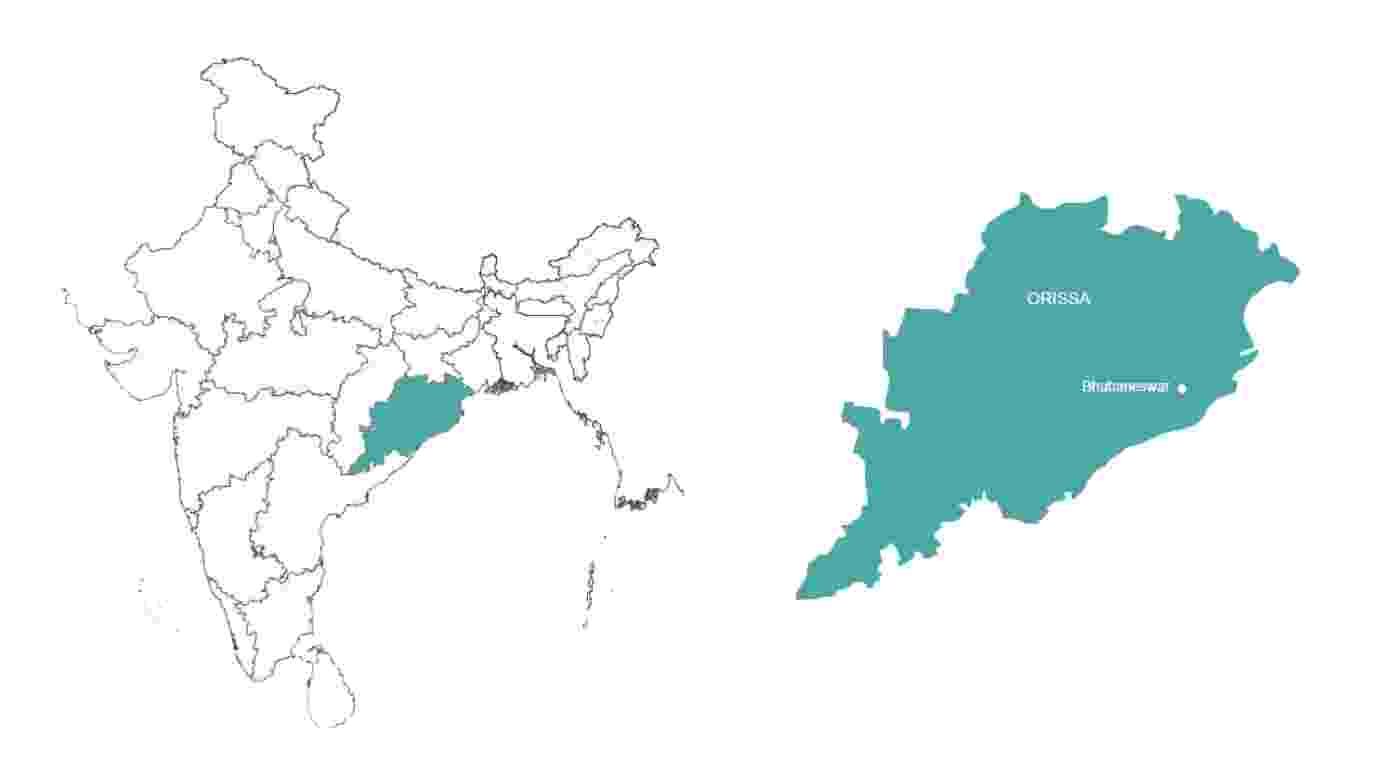
Located in the north-eastern part of India, the state is bounded by Jharkhand and West Bengal, Andhra Pradesh and Telangana, with the Bay of Bengal in the east. It also shares its boundaries with the state of Chhattisgarh.
The state is spread over an area of little more than 155,700 square km and extends for 1030 km from north to south and 500 km from east to west. Its coastline is about 480 km long and the state is further divided into 30 districts which are further subdivided into 314 blocks.
Physiographically observing, Odisha is a state that consists of coastal plains, central plateaus, central hilly regions, flood plains, and uplands. About a third of the state has a green cover. The forests are mostly classified as evergreen forests and are also a great source of livelihood for most of the countryside population of the state.
Mahanadi is the largest river in the state and covers up to 42% of the (catchment) area of the state. There are several other significant rivers that flow through the state such as the Subarnarekha, the Brahmani, the Baitarani, and the Vansadhara.
Chilika Lake, located on the east coast of the state is one of the world’s largest brackish water lagoons and also a popular tourist spot that is widely visited by many easy years. Besides that, there are several other lakes in the state such as Anshupa, Tampara, and Kanjia, whose sanctuaries and sceneries are a source of pride for the state and its people.
Geologically the state is home to some of the oldest rocks of the world. Odisha also consists of two cratons, the North Odisha Craton and Western Odisha Craton, which are sedimentary rock formations from the early Cretaceous period. They can be found in many places and are also home to coal deposits. The coasts are predominantly made up of deltaic sediments of Mahanadi, Brahmani, Baitarani, Subarnarekha rivers of the Quaternary age.
Climate
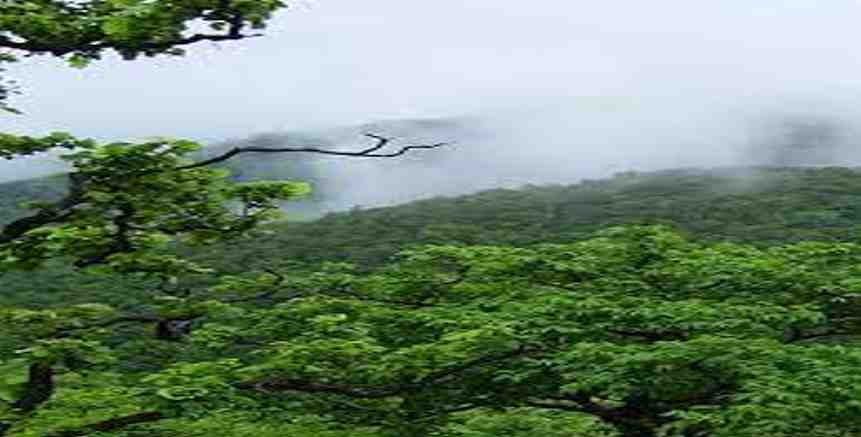
Odisha has a tropical climate, classified as ‘wet-dry’ but commonly referred to as a tropical ‘savannah’. The coolest month of the year in India is in January, during which time, northern states of the country have temperatures of up to 2 to 3 degrees Celsius while in Odisha, the temperature reaches somewhere between 10 to 30 degrees Celsius.
The higher elevation of the hills provides some relief from the heat, which is observed to become particularly oppressive in the basins of the central tract. The average annual rainfall in the state is about 60 inches, mostly occurring during the months of June through September. The Eastern Ghats receive heavier precipitation, while the coastal area south of Chilika Lake, which is the driest region in the state, may receive less than 50 inches annually.

Cyclones are a common occurrence in this state, at least one observed every year and sometimes, even more.
(Having experienced one during my studies in the state, the population and the government of the state are very adept at dealing with the destruction the cyclones bring. When I left, the trees were flattened and my hostel had three fallen walls. On returning three weeks later, there wasn’t anything indicating that a cyclone had even hit the place other than the numerous piles of bricks.)
Language And Population
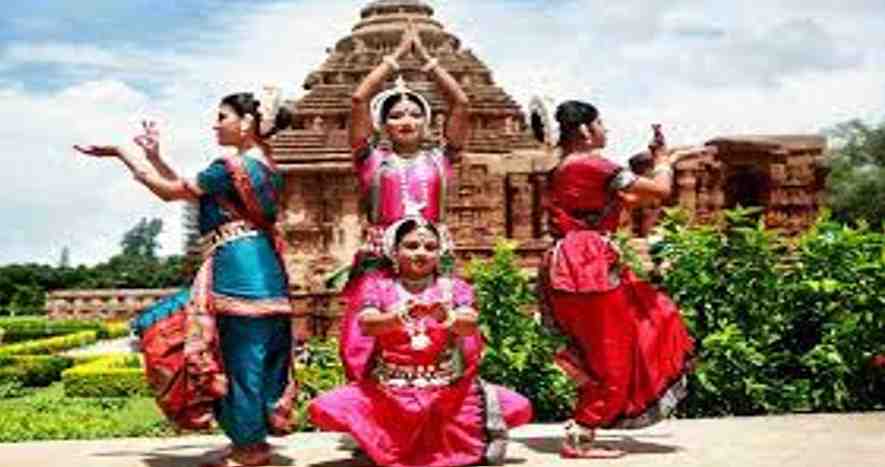
Before getting onto the language and population part of the state, it is important to clarify some common misconceptions that many might hold about the state, one of which is the name of its official language.
Like many other local languages, taking the example of Punjabi in Punjab and Telugu in Kerala, it can be observed that Odisha too has its own state language, which is ‘ODIA’. It is a common mistake to refer to the language as ‘Odissi’, which is the name of the cultural dance form of the state.
Odia itself too has many dialects. There are different ways of addressing and paying respects in different dialects of the language and this can be commonly identified by most of its citizens. It is actually a trait of anyone who has grown up in the state to be able to recognize the dialect of their companion, which was way out of my reach when I first went to live there. It is stunning to see people your age be able to tell where a person has come from or been brought up in simply by their way of talking or writing. I was envious of my roommates who could do that easily, honestly speaking.
Odisha is the eleventh (11th) largest state in the country, in terms of population. While there are no official records of all Odia citizens, the Aadhar consensus shows that in the year 2020/2021, the population was about 45 million.
This population too, speaks in different languages. While about 82% of the total population of the state speaks the native language (in its various dialects), the other commonly spoken languages in the state are Hindi, Urdu, Telugu, Bengali, and Sambalpuri (which is not considered as a dialect of Odia, in the opinion of many).
Other spoken languages include Santali, Sadri, Bonda (shared by the people settled on and near the three-way border of Odisha, Jharkhand, and Chattisgarh), Kui (also known by names like Khond, Kuy, and Kandha, and spoken mostly in Kandhamal), and Sura, spoken in Gajapati. One other, precious language that is spoken by a small percentage of the population is Kuvi, which is an endangered Dravidian language (hence considered precious).
History Of The State
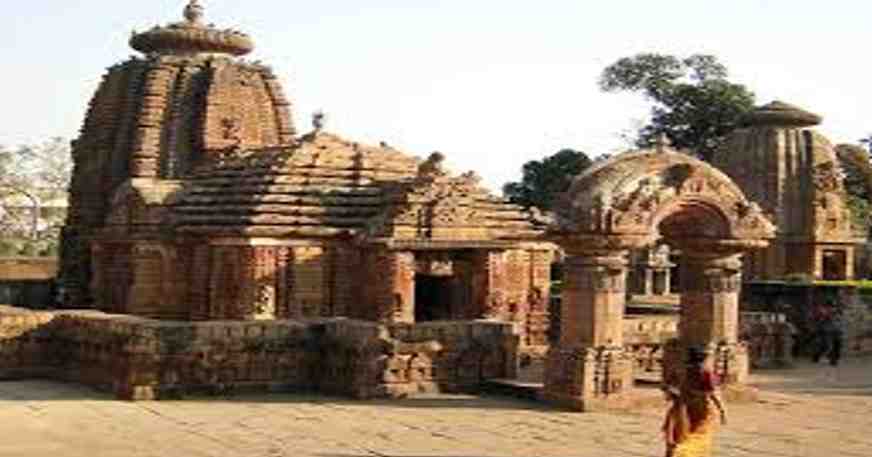
The history of this state may have begun as early as the Lower Paleolithic era. Its early history can be traced back through the accounts and mentions in the Mahabharta Maha Govinda Sutta and some Puranas. There are mentions of the region in other island countries, especially the East Indies, due to early maritime trading, which showed that the relations of the state were amicable with the countries and regions that traded with it.
From the year 1568, the region lost its political identity after being merged with the princely state of Bengal by the Sultan of Bengal. This lost identity remained lost, with the Marathas gaining control after Bengal and then the British. Finally, in the year 1936, Odisha returned to become an independent province and came to be known as Orissa. This name later got changed to Odisha.
Before that, this region had many other names. The earliest known name that has been found and verified is Kalinga. The region was also known by various other names, like Utkala, Mahakantara, Udra, Odra, Oddiyana, Kamala Mandala (this name is just too beautiful, as it means ‘The Land of Lotuses’ or ‘Lotus Region’), Dakshina Kosala, Kongada, Trikalinga, Chedi, Tosali, Uranshin, Jajnagar, Odivissa.
The region has a rich cultural history that has been recorded in various scriptures. Various ancient texts that have been unearthed depict the incredible tale of how the region came to be and who its founder was.
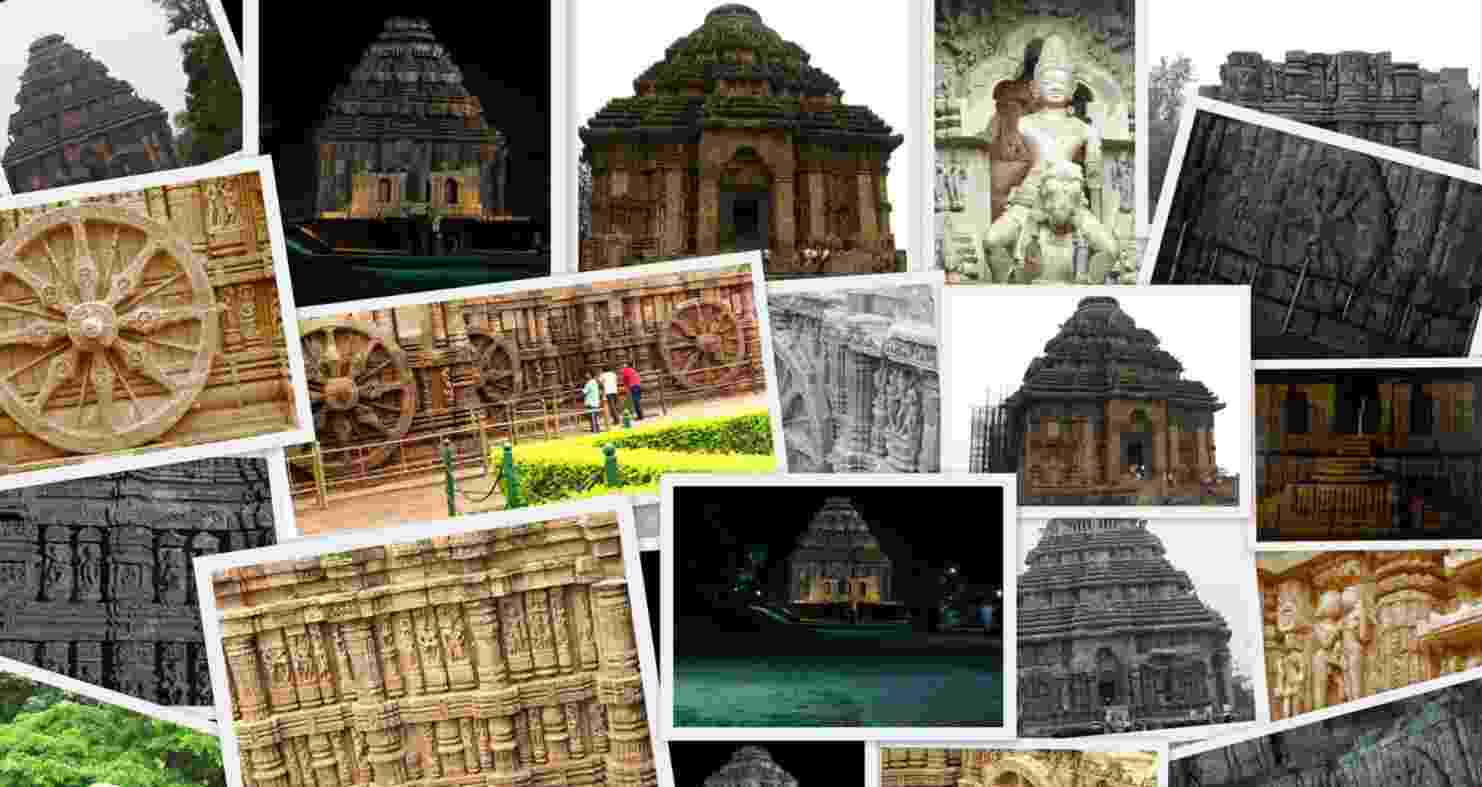
After that came the murals about the Mauryan occupation by the ruler Ashoka. This is depicted in the bloody (literally) war known as the Kalinga War, which was the onset of Buddhism in India by the now-Emperor Ashoka, who gave up bloodshed and voided wars after the long war.
After this beginning, the region came to be occupied again and again, by many different rulers and people interested in the riches that the region was said to be built on. Greedy gazes looked to conquer the region from the occupier, and wars and battles became a common answer to the various provocations. The medieval period passed similarly and then the Colonial Rule, near the end of which, Odisha (Orissa at that time) finally gained its identity as an official state of the country.
Economy
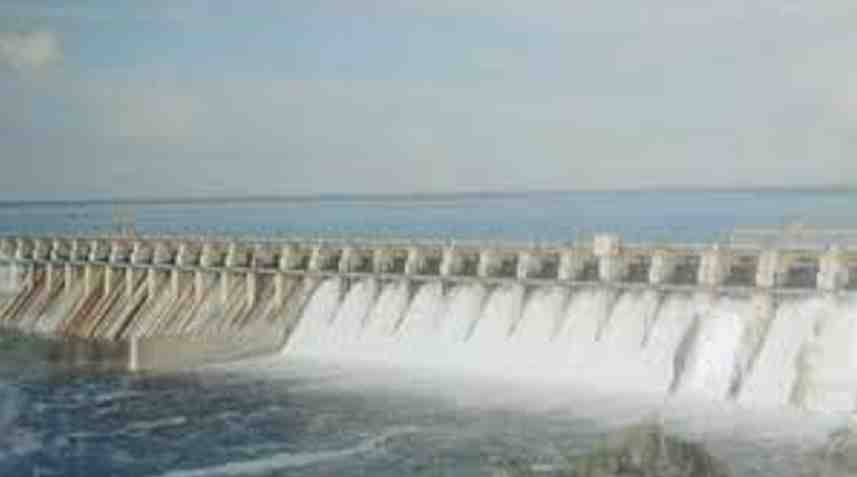
The economy of the state depends on a variety of factors and vocations.
- Agriculture.
- Resources.
- Power.
- Services.
- Transportation.
- Manufacturing.
All of these are interconnected and entwined with the physiographical and climatic conditions of the state.
While a lot of land of the state cannot be properly cultivated, the one-third that is available and able to be cultivated procures high demand and is one of the main importers of the economy of the state. Hence, agriculture is one of the highest, most important parts.
Odisha is also a state that is rich with various resources and also abundant with many resources that are regarded as ‘potential’ and ‘precious’ by many experts, especially in the case of the mineral resources of the state.
The state is a national leader in the production of chromite, bauxite (aluminum ore), manganese, graphite, and nickel ores. It is also one of the top producers of high-quality iron ore, which is a very important resource for the country.
The abundance of the rivers that interweave throughout the state is also a resource for hydroelectricity and many other practices that make use of it. This hydroelectric industry that dominates Odisha is followed by the thermal industry.
The services and manufacturing industry of the state also brings in a considerable amount of economy to the state and is also well-known and respected in the country. Interestingly, the service sector is the largest contributor to the economy, rather than the assumed resources or agriculture sectors.
Ministers And Governors Of Odisha
Governors
| S.N | Name | From | To |
| 1 | Sir John Austen Hubback | Apr 1, 1936 | Aug 11, 1938 |
| 2 | George Townsend Boag (Acting) | Aug 11, 1938 | Dec 7, 1938 |
| 3 | Sir John Austen Hubback | Dec 8, 1938 | Mar 31, 1941 |
| 4 | Sir Howthorne Lewis | Apr 1, 1941 | Mar 31, 1946 |
| 5 | Sir Chandulal Madhavlal Trivedi | Apr 1, 1946 | Aug 14, 1947 |
| 6 | Dr. Kailash Nath Katju | Aug 15, 1947 | Jun 20, 1948 |
| 7 | M.Asaf Ali | Jun 21, 1948 | May 5, 1951 |
| 8 | V.P. Menon(Acting) | May 6, 1951 | Jul 17, 1951 |
| 9 | M.Asaf Ali | Jul 18, 1951 | Jun 6, 1952 |
| 10 | Saiyid Fazl Ali | Jun 7, 1952 | Feb 9, 1954 |
| 11 | P. S. Kumaraswamy Raja | Feb 10, 1954 | Sep 11, 1956 |
| 12 | Bhim Sen Sachar | Sep 12, 1956 | Jul 31, 1957 |
| 13 | Yeshwant Narayan Sukthankar | Jul 31, 1957 | Sep 15, 1962 |
| 14 | Dr. Ajudhia Nath Khosla | Sep 16, 1962 | Aug 5, 1966 |
| 15 | Khaleell Ahommed (Acting) | Aug 5, 1966 | Sep 11, 1966 |
| 16 | Dr. Ajudhia Nath Khosla | Sep 12, 1966 | Jan 30, 1968 |
| 17 | Dr. Shaukatullah Shah Ansari | Jan 31, 1968 | Sep 20, 1971 |
| 18 | Sardar Jojendra Singh(Acting) | Sep 20, 1971 | Jun 30, 1972 |
| 19 | Justice Gatikrishna Mishra | Jul 1, 1972 | Nov 8, 1972 |
| 20 | Basappa Danappa Jatti | Nov 8, 1972 | Aug 20, 1974 |
| 21 | Justice Gatikrishna Mishra | Aug 21, 1974 | Oct 25, 1974 |
| 22 | Akbar Ali Khan | Oct 25, 1974 | Apr 17, 1976 |
| 23 | Justice Shiva Narayin Sankar (Acting) | Apr 17, 1976 | Feb 7, 1977 |
| 24 | Harcharan Singh Brar | Feb 7, 1977 | Sep 22, 1977 |
| 25 | Bhagwat Dayal Sharma | Sep 23, 1977 | Apr 30, 1980 |
| 26 | Cheppudira Muthana Poonacha | Apr 30, 1980 | Sep 30, 1980 |
| 27 | Justice S.K. Ray (Acting) | Oct 1, 1980 | Nov 3, 1980 |
| 28 | Cheppudira Muthana Poonacha | Nov 4, 1980 | Jun 24, 1982 |
| 29 | Justice R.N. Mishra (Acting) | Jun 25, 1982 | Aug 31, 1982 |
| 30 | Cheppudira Muthana Poonacha | Sep 1, 1982 | Aug 17, 1983 |
| 31 | Bishambhar Nath Pande | Aug 17, 1983 | Nov 20, 1988 |
| 32 | Prof. Saiyid Nurul Hasan | Nov 20, 1988 | Feb 6, 1990 |
| 33 | Yagya Datt Sharma | Feb 7, 1990 | Feb 1, 1993 |
| 34 | Prof. Saiyid Nurul Hasan | Feb 1, 1993 | May 31, 1993 |
| 35 | B. Satya Narayan Reddy | Jun 1, 1993 | Jun 17, 1995 |
| 36 | Gopala Ramanujam | Jun 18, 1995 | Jan 30, 1997 |
| 37 | K.V. Raghunatha Reddy | Jan 31, 1997 | Feb 12, 1997 |
| 38 | Gopala Ramanujam | Feb 13, 1997 | Dec 13, 1997 |
| 39 | K.V. Raghunatha Reddy | Dec 13, 1997 | Apr 27, 1998 |
| 40 | Dr. C. Rangarajan | Apr 27, 1998 | Nov 14, 1999 |
| 41 | M. M. Rajendran | Nov 15, 1999 | Nov 17, 2004 |
| 42 | Rameshwar Thakur | Nov 18, 2004 | Aug 21, 2007 |
| 43 | Murlidhar Chandrakant Bhandare | Aug 21, 2007 | Mar 9, 2013 |
| 44 | S. C. Jamir | Mar 21 2013 | Mar 20, 2018 |
| 45 | Satya Pal Malik (Additional Charge) | Mar 21 2013 | May 28, 2018 |
| 46 | Prof. Ganeshi Lal | May 29, 2018 | Present |
Chief Ministers
S.N | Name | Const. | Tenure | Add New | Add New | Party |
1 | Harekrushna Mahatab | 15 August 1947 | 12 May 1950 | 2 years, 270 days | Indian National Congress | |
2 | Nabakrushna Choudhuri | Barchana | 12 May 1950 | 20 February 1952 | 20 February 1952 | Add New |
Add New | Add New | Add New | 20 February 1952 | 20 February 1952 | Add New | Add New |
-1 | Harekrushna Mahatab | Soro | 19 October 1956 | 6 April 1957 | 4 years, 129 days | Add New Add New Add New |
Add New | Add New | Add New | 6 April 1957 | 22 May 1959 | Add New | Add New |
Add New | Add New | Add New | 22 May 1959 | 25 February 1961 | Add New | Add New |
-1 | Vacant
(President's rule) | N/A | 25 February 1961 | 23 June 1961 | N/A | |
3 | Biju Patnaik | Choudwar | 23 June 1961 | 2 October 1963 | 2 years, 101 days | Indian National Congress |
4 | Biren Mitra | Cuttack City | 2 October 1963 | 21 February 1965 | 1 year, 142 days | Add New |
5 | Sadashiva Tripathy | Omerkote | 21 February 1965 | 8 March 1967 | 2 years, 15 days | Add New |
6 | Rajendra Narayan Singh Deo | Bolangir | 8 March 1967 | 9 January 1971 | 3 years, 307 days | Swatantra Party |
- | Vacant
(President's rule) | N/A | 11 January 1971 | 3 April 1971 | N/A | |
7 | Bishwanath Das | Rourkela | 3 April 1971 | 14 June 1972 | 1 year, 72 days | Independent |
8 | Nandini Satpathy | 14 June 1972 | 3 March 1973 | 262 days | Indian National Congress | |
- | Vacant
(President's rule) | N/A | 3 March 1973 | 6 March 1974 | N/A | |
-8 | Nandini Satpathy | Dhenkanal | 6 March 1974 | 16 December 1976 | 2 years, 285 days | Indian National Congress |
- | Vacant
(President's rule) | N/A | 16 December 1976 | 29 December 1976 | N/A | |
9 | Binayak Acharya | Berhampur | 29 December 1976 | 30 April 1977 | 122 days | Indian National Congress |
- | Vacant
(President's rule) | N/A | 30 April 1977 | 26 June 1977 | N/A | |
10 | Nilamani Routray | Basudevpur | 26 June 1977 | 17 February 1980 | 2 years, 236 days | Janata Party |
- | Vacant (President's rule) | N/A | 17 February 1980 | 9 June 1980 | N/A | |
11 | Janaki Ballabh Patnaik | Athagarh | 9 June 1980 | 10 March 1985 | 9 years, 181 days | Indian National Congress |
Add New | Add New | Add New | 10 March 1985 | 7 December 1989 | Add New | Add New |
12 | Hemananda Biswal | Laikera | 7 December 1989 | 5 March 1990 | 88 days | |
-3 | Biju Patnaik | Bhubaneswar | 5 March 1990 | 15 March 1995 | 5 years, 10 days
(total 7 years, 111 days) | Janata Dal |
-11 | Janaki Ballabh Patnaik | Begunia | 15 March 1995 | 17 February 1999 | 3 years, 339 days | Indian National Congress |
13 | Giridhar Gamang | Laxmipur | 17 February 1999 | 6 December 1999 | 292 days | Add New |
-12 | Hemananda Biswal | Laikera | 6 December 1999 | 5 March 2000 | 90 days
(total 178 days) | Add New |
14 | Naveen Patnaik | Hinjili | 5 March 2000 | 16 May 2004 | 21 years, 348 days | Biju Janata Dal |
Add New | Add New | Add New | 16 May 2004 | 21 May 2009 | Add New | Add New |
Add New | Add New | Add New | 21 May 2009 | 21 May 2014 | Add New | Add New |
Add New | Add New | Add New | 21 May 2014 | 29 May 2019 | Add New | Add New |
Add New | Add New | Add New | 29 May 2019 | Incumbent | Add New | Add New |
Eminent Personalities Of The State
Odisha has been the birthplace and the natal state for many famous personalities, a few of whom are listed below.
- Mira Nair
- Nandita Das
- Nila Madhab Panda
- Krishna Beura
- Pitobash Tripathy
- Arundhati Garnaik
- Harihar Dash
- Pragyan Ojha
- Anuradha Biswal
- Padmini Rout
- Pratibha Ray
- Ragunath Mohapatra
Religion
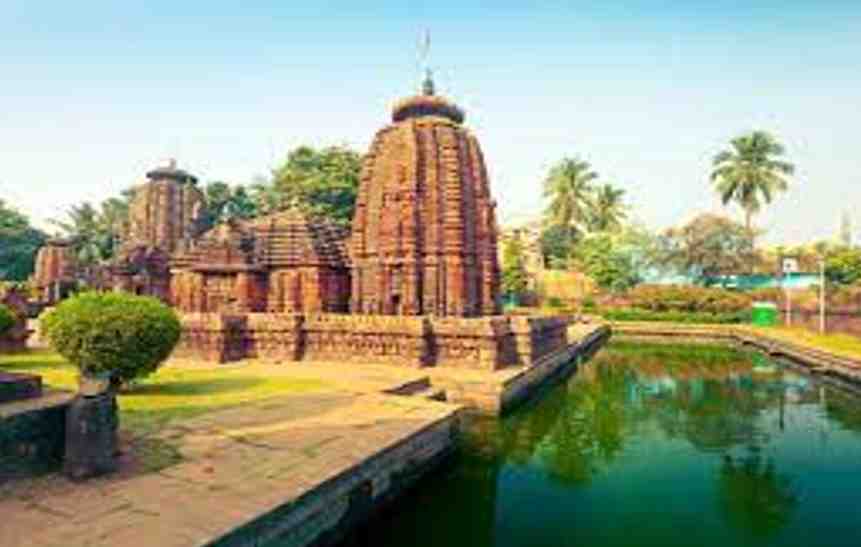
Odisha is a state that is dominated by Hindus in the case of religion. Hinduism is the most-followed and practiced religion, graphs showing that up to ninety percent of the total population of the state practice the religion, followed by Christians in second and Muslims in third. This does not mean that other religions are not present or not respected in the state. It is, in actuality, believed that Odisha is the state where all religions are welcome. Buddhism, Jainism, Shaivism, Vaishnavism are a few of the other commonly observed religions. Shaivism is the term used for those who worship Lord Shiva and Vaishnavism for those who worship the Lord Vishnu.
An interesting fact to note here is that Hinduism also has various aspects and sections within the religion, and a majority of the practicing Hindus follow the sub-religion of Arya Samaji.
Tourism
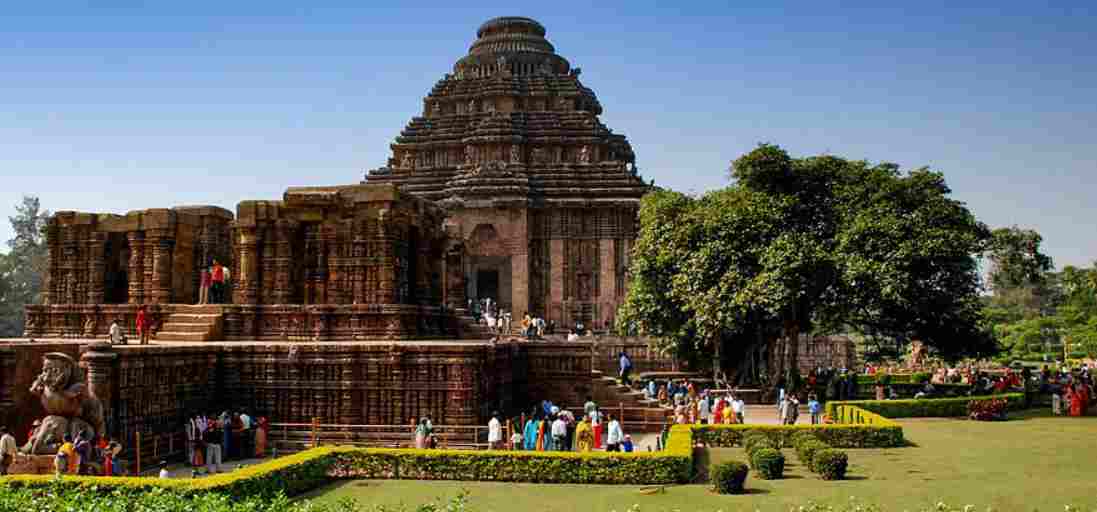
Dear readers might have observed multiple times in the above article that the state is a culturally and historically rich region and has quite a few attractions that make it an ideal tourism spot. A few of these have been mentioned before, like the Konark Temple, Chilika Lake, Jagannath Temple, the Rath Yatra, the leaning Temple in Sambalpur, the Similipal Zoological Park, and Nandankana Park. These are a few of the many places that a tourist can visit, along with the hundreds of temples the state is home to.
There are Lakes to visit, Buddhist Monuments, Jain Monuments (which include caves!), Forts, Waterfalls, Beaches, Wildlife Sanctuaries, and even…Hot Springs!!
A few of these wonderful places are listed below.
- Dhauli
- Ratnagiri
- Udayagiri and Khandagiri Caves
- Raibania Fort
- Maritime Museum in Cuttack
- Tampara Lake
- Devkund Waterfalls
- Jordana Falls
- Tarabalo Hot Springs
- Puri beach
- Gopalpur Beach
- Sunabeda Tiger Reserve
- There are even a few islands that you can visit, like Ramba Bay, Breakfast Island, Manikpatna and more.
Top 13 Interesting Facts About Odisha
Bhubaneswar is the capital of the state of Odisha…and also has been crowned as the ‘Temple City’ or ‘The City of Temples’. With almost up to 600 temples and having a history of almost five times more temples in the past, be it recent or far back in time, it comes as no surprise why the city has been named so.
Odisha has an accomplishment that is scarcely known by most. It was the first state that was formed on a linguistic basis.
Did you know that Odissi is one of the oldest surviving dance forms in the country? Well, neither did I before hearing about this from my relatives! And I am Odia. Ridiculous.
It is a well-known fact that our planet is a little over 4.5 billion years old. With the number of natural disasters and nature’s cycles, it would be obvious that not much of the landscape exists still. One of the most famous tourist spots is in the district of Mayurbhanj which is home to one of the oldest rocks on the planet. Thousands of people, tourists, scientists, historians, archaeologists, and students alike visit this place for a three billion-year-old (That’s a very old rock.)
It is well-known that Odisha used to be known as Kalinga, which is still how many of the population still refers to it by this ancient name. It is less well-known that many were scared to attack or try to conquer the state because of the army. While the state only had tens of thousands of soldiers, they still managed to defeat armies that had almost twice as many soldiers. Chandragupta Maurya is one such ruler who hesitated to attack the state. The incident of The Battle of Kalinga, too, is a well-known battle that ended in bloodshed and rivers and land painted red.
The Similipal National Park, known for its tiger reserves that cater to the endangered Bengal Tigers, is the only known place that has all varieties of Orchids in the world.
A devout Hindu also makes pilgrimages, known as Dham. They are expected to visit four places in their lifetimes, hence why it has come to be known as the Char Dham. The Jagannath Temple, famous for its Rath Yatra, is one of the four.
The Konark Temple, well-known and respected as a tourist place and an architectural feat, is one of the oldest temples in the state and was, at one point, considered to be underwater. It is still a highly debatable temple, whose history is basically unknown and quite a lot of what is known about it is unverified.
Odisha was the first state in the country to launch drives to register migrant workers and laborers who were working in different states.
The people of Sri Lanka, our nearest sea neighbor, are known as Sinhala. They are named after an ancient Odia King, Raja Jai Sinha.
You must have heard about the Leaning Tower of Pisa. Well, we have an Indian version of it in Odisha. The only known Leaning Temple is situated in Sambalpur, Odisha.
The Nanadankanan Zoological Park is located in Bhubaneswar, Odisha, and is the only park in the world that offers the White Tiger Safari as well as the largest lion Safari in India.
Odisha observes one of the most unique festivals in the country, known as the India Surf festival, where people combine surfing, yoga, and nature. It is observed on Ramchandi Beach, which is situated near Puri.







